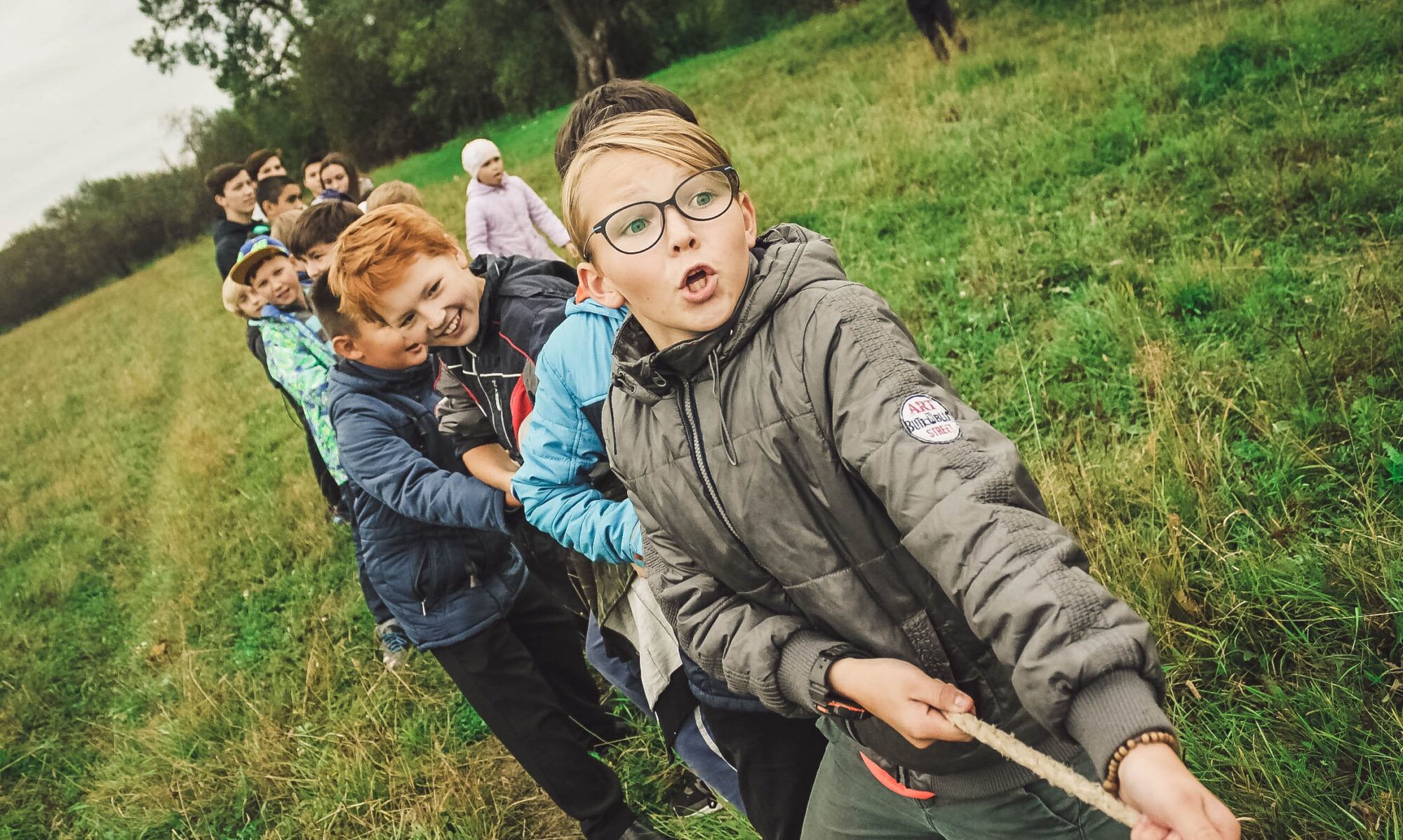The Developmental Designs remix
Ever notice how for some kids Mondays are a lot tougher than Wednesdays? Any time there’s a break in the school routine, some kids are likely to fall out of sync. Similarly, after the long December break, crisp classroom routines can seem like a foggy memory.
After any break, students and teachers are often eager to dive back into learning. But in the heady rush of a new calendar year, it can be easy to breeze over re-establishing clear and explicit classroom routines and expectations.
But why right now?
In order for student-centered learning to happen, we have to invest in explicitly teaching routines, expectations, and behaviors for learning. These skills are essential for creating a culture and community for learning.
And then, we need to reteach and practice them all over again, (after every break and anytime things start to slip)! Hello, January.
It can be hard to resist jumping right back in, but slowing down to reset expectations can pay dividends when we don’t need to spend valuable time redirecting student behavior later.
Yet setting up (parameters) and maintaining classroom routines and expectations (monitoring) accounts for about 50% (parameters and monitoring) of effective classroom management according to Mark & Christine Boynton (2005). (Interestingly, the other 50% is made up of 40% community/relationship building and only 10% reactive strategies!)
So it makes sense that we spend a good part of our time setting up our classroom to run smoothly (the parameters, 25%), and then, resetting and fine-tuning expectations (monitoring, the other 25%).
Some of the best advice we’ve received on this topic came from our Developmental Designs training:
“Assume nothing, teach everything.”
That means everything: how to move a chair, get a drink, sharpen a pencil, talk with a partner, set-up a heading on a paper — everything.

And in my experience, it totally pays off. After several rounds of modeling and practice, I found that my own students could transform the classroom from a sea of tables and chairs to a circle of chairs in approximately 37 seconds — quietly, safely, and quickly. Our January conversations about our classroom routines set us on the right track and allowed my students to offer input to tweak things to meet their emerging needs. For example, our morning routine evolved to include a quiet social time based on their feedback.
How to re-establish routines for student-directed learning
First, identify classroom routines, materials, and learning skills that are crucial to success.
It can be helpful to create a list of routines to remodel in the first few days after the break. Especially focus on anything that was tricky leading up to break. Sometimes even a quick, ‘Who can remind us how to get a drink/sharpen a pencil/choose a book?” can refresh students’ memories for how things should go.
New to this conversation? Check out this article on how to pick high impact routines. For each routine, think about how it should go — what are the steps students will need to know to be successful.
This video from Developmental Designs outlines one way to plan and model routines:

- Teach students the routine. Demonstrate the routine for students, then ask them to notice what you did.
- Invite students to try it out, then discuss possible pitfalls or situations that may arise, and discuss how to handle them. Always model the right way to do something; while amusing, modeling what not to do can stick in our minds and detract from the success of the routine.
- Check back in on how things are going. Help students reflect on how the routines are going. If they’re going well, what are the keys to success? If they need tweaking, ask students to identify the trouble spots and problem solve. This repeated reflection will preserve the integrity of the routine, showing students that you mean what you say, and you believe smooth routines are the foundation of success.
It takes courage to spend precious time on teaching classroom routines and social skills. But trust us, it will pay off.
One last word from Boynton & Boynton
“The most effective classroom discipline systems take a prevention approach to student disruptions. When teachers develop positive student relations, effectively use monitoring skills, and establish clear parameters of acceptable student behavior they are well on their way to creating a discipline system that will prevent most problems from developing. It is, however, important for teachers to realize that even the most effective prevention approaches will not eliminate the need for consequences.”
–Boynton & Boynton, 2005
Conversation management can be another tricky area. This article will help you think about how to set up to have successful whole group conversations.
Need more details? Read this piece where middle school math teacher Jeff Nesheim describes starting his year by modeling routines.
Again, while it takes time to model, teach behaviors, and establish routines before we can ask students to learn, this foundational work sets students up for successful self-directed learning.
Have any great tips for setting up for success? We’d love to hear them!



Thank you for your sharing. I am worried that I lack creative ideas. It is your article that makes me full of hope. Thank you. But, I have a question, can you help me?